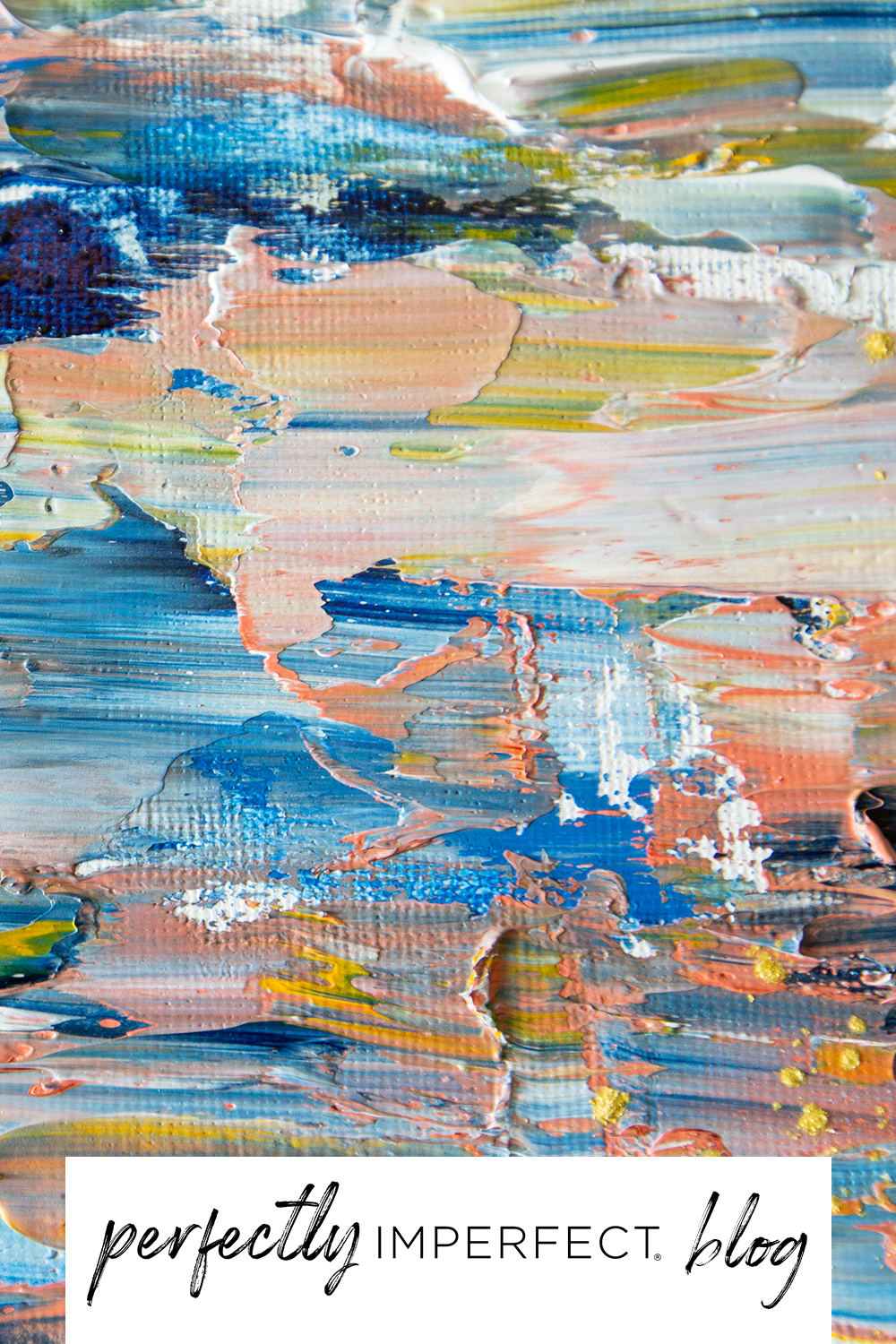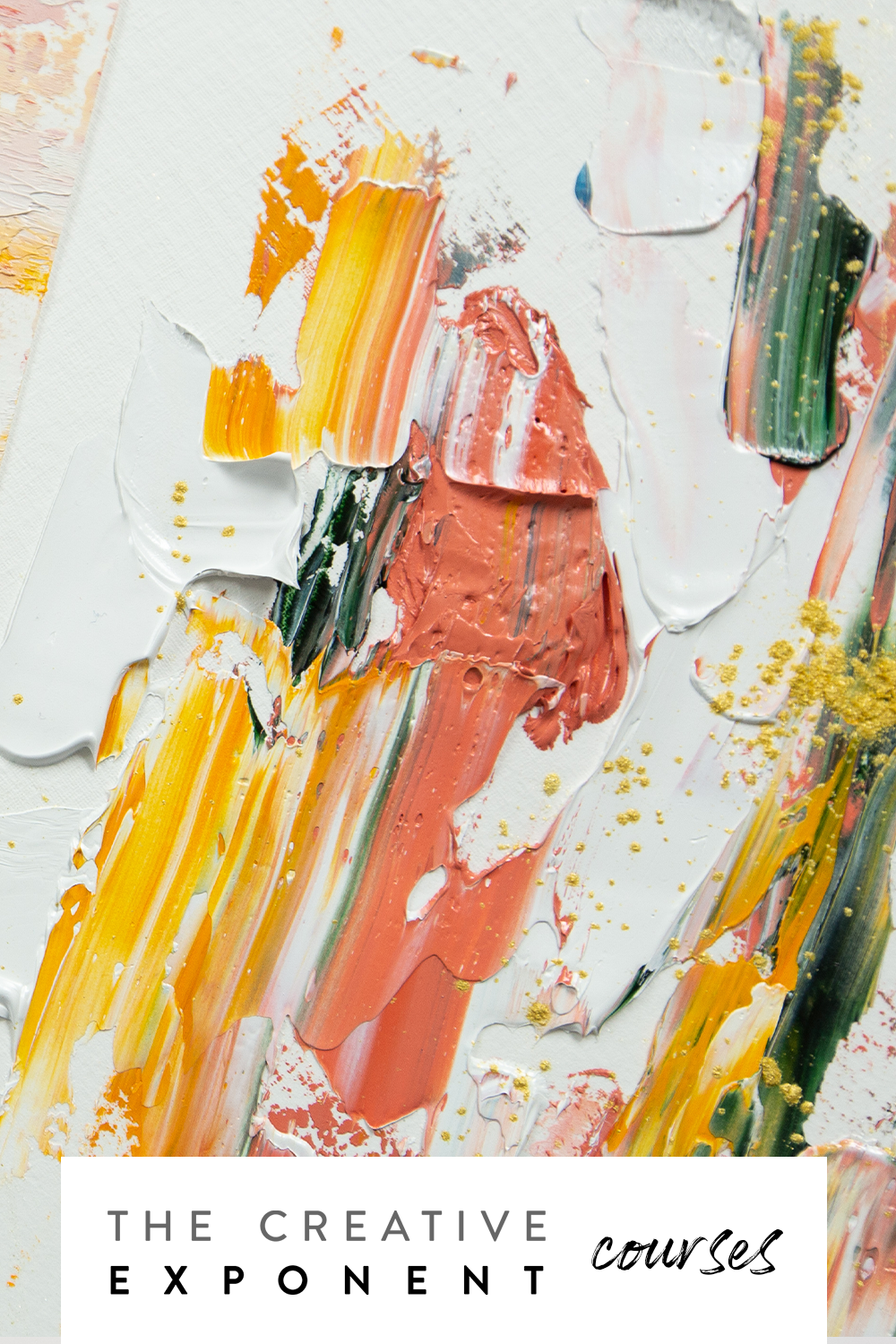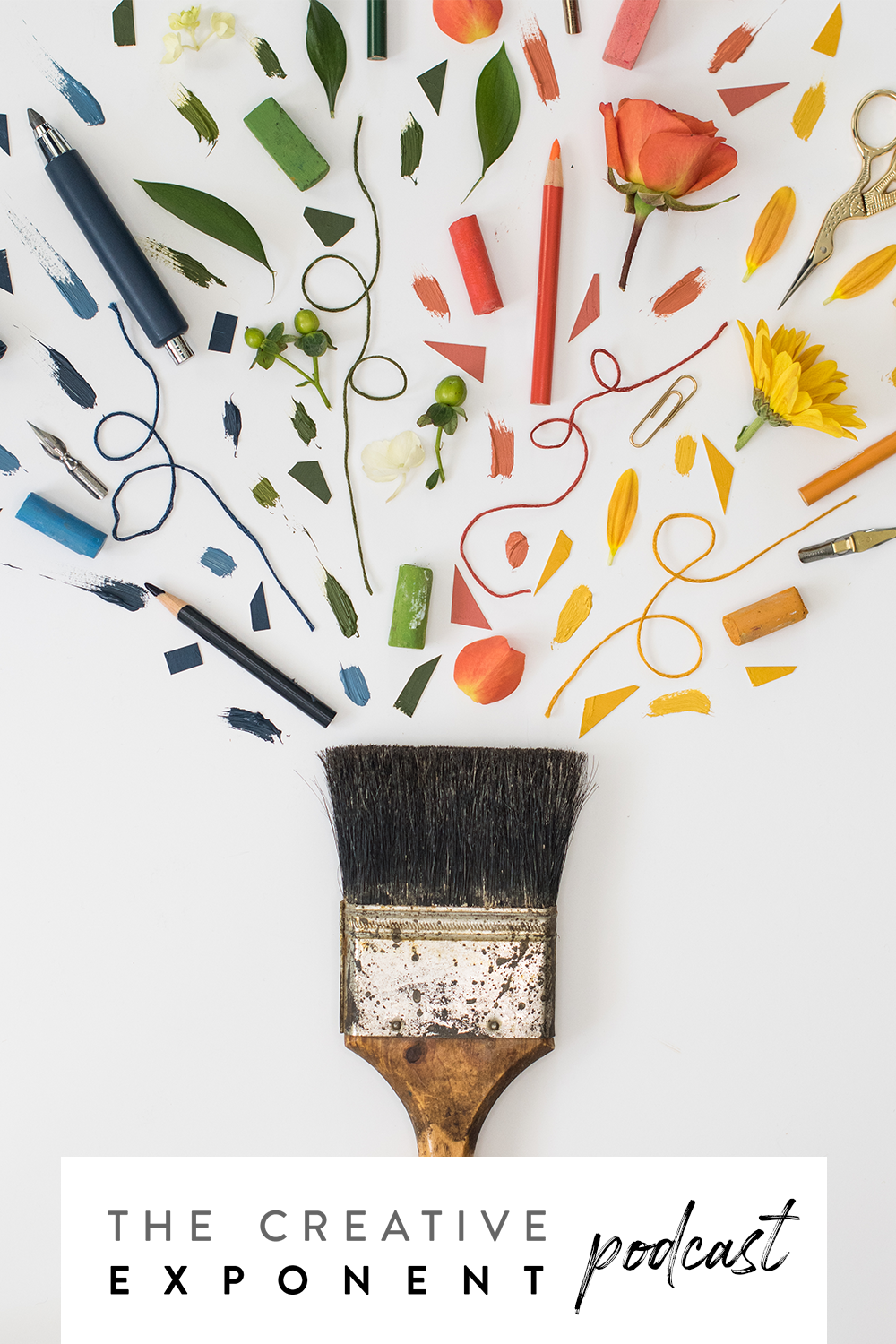I’ve gotten so many emails (if you’ve emailed in the last week, I promise, I’m working on replying 🙂 on this topic, that I thought it was appropriate to write a post on whitewashing vs. dry brushing.
Sometimes choosing a treatment for a piece can be the hardest part of the refinishing process. I’ve written a whole section on this in my E-book. I fully believe in being inspired by a piece…letting it tell you what it wants to evoke.
For the purpose of this post, realize that these two treatments are very similar, but they do have quite different effects on a piece of furniture. However, both of these treatments celebrate and highlight the grain of the original wood.
Let’s talk whitewashing first.
Whitewashing is perfect for highlighting and brightening natural wood, like with this barley twist table. We wanted a natural finish, and adding a wash to the top brightened it just enough without hiding the grain.
When you whitewash, you can either buy a pickling/white stain like this,
or you can simply water down some white paint you have. Keep in mind though, the undertones of your white. The purpose of whitewashing is to brighten, so be sure you’re not using a very yellow-white…this would not have that light and airy brightness as using a bright or cool-toned white.
I typically whitewash with whatever white paint I have on hand, since I keep a pretty good stock of that. There is no set ratio…I usually fill a plastic cup with 1/4 to 1/2 white paint, and then add a little less water than paint. I like it to have a thicker consistency than 50/50; this acts as more of a stain this way.
Using a good quality brush (i’m a purdy fan, myself), dip it in your wash, and go at it. Don’t feel the need to be perfect with your brushstrokes…as you brush it on, let it set for 5-10 seconds, and work it down into the wood with a smooth, lint-free cloth (I buy those sacks of 20 from Lowe’s). Again, don’t be scared…the more against the grain you go, the better! This will ensure the whitewash gets down in all the pores of the wood.
I apply 1-2 “coats” depending on how opaque I want to go with the wash…typically, one coat is enough.
I also often wash and brush on top of paint finishes to achieve a certain color or look. Adding that depth of treatment can really take even a nice, fresh makeover to a WOW moment. This mirror was painted, then whitewashed, then dry brushed…which is a technique I’ve used a lot lately.
The same was done on this Wisteria-Inspired chest…
I use the technique for depth of tone, but also to improve the natural finish. Washing directly over the wood can take away that yellowed tint older pieces tend to take on. Because I wanted both of these pieces to have time-worn or paint-aged patina, I also dry brushed white on top of the wash.
What is dry brushing, exactly? You can read about it here on the white aged vanity tutorial (and there’s a short video that would NOT upload completely to youtube).
You can either apply it more as a highlighter, as I did with the mirror and the chest or you can apply it as more of a solid, as I did below. With the chest, washing just took down the yellow in the piece, while dry brushing the edges (and lightly on the smooth surfaces) acted as a distressing.
To put it simply, when I want a piece to look as though its original finish has worn over time, allowing either wood or another color underneath to peek through, I dry brush.
Because your paint is not diluted, dry brushing will, of course, be more opaque and more saturated color than whitewashing.
To dry brush, simply dip your brush, squeeze excess out into a cloth, and apply in smooth, long strokes. Because you have very little paint in your brush, you want to cover as much surface space as possible to avoid obvious brush strokes in a more solid finish.
Whether I’m dry brushing as a highlighter or as more of a solid like this antique vanity, I only add one coat. That tends to be plenty, as you’re really able to contiue adding until you’re satisfied…that paint will dry quickly!
If I’m adding more of a solid on top of another paint coat, it’s usually because I want the base layer to peek through…sand with a medium grit sanding block in a circular motion…This will give you that “grainy” distressing you see in this picture.
Give your piece time to speak to you, really! I felt like the aged vanity just called for more color, but I didn’t want it to be solid and completely covered. The chest just needed a lift, just as the top of the barley twist table…just a refresher.
To put it in very girly terms, think of washing as highlights, and dry brushing as the full dye job. Both can have different intensity…you can go safe or bold with both. Really, you can’t go wrong!!
On a side note, here’s the ONLY TWO sealants I use on white paint…they have not yellowed on me so far and their finish is lustrous and not shiny, which is what I want my pieces to evoke.
Happy white painting, everybody!
Hope that answered some of your questions!! Please let me know if you have any additional questions on this topic or any other paint FAQ’s, and I’ll get writing!
*linking to parties found under “friends and inspiration.”*









Such a pro you are at this…
Those pieces are just beautiful. Wish I could take a sneak peek around your home– it looks fabulous.
Thanks for the tips on whitewashing and drybrushing. I love that mirror you've whitewashed! What a perfect was to use that technique.
thanks for sharing! i also love paste wax. it's my favorite- so silky smooth!
Thanks for the great tutorial! It was wonderful to actually read and see what those techniques entailed! I'm saving this one for future reference when my next painting project comes up! 🙂
This is great info! Thanks for taking the time to write all of this out for us. I've been wanting to try white washing and dry brushing.
I've always thought the "process" of either to be totally out of my league. You make it seem more doable. I'll certainly use this great info in the future. Now, I feel like a maybe could look for a piece and make it my own. I'm new to your blog and love it! Keep up the good work! You're blessing many.
Shaunna,
i think you have done a great job on this desk, looks good enough to be used for a long time, furniture like this is great and once restored, it lasts forever, beautiful find
Thanks for this post. I have been researching "swedish paint finish" for quite some time now and this looks similar to me. I'm going to try it tomorrow. I just happened to sand and clean an old curio cabinet this afternoon that I want to paint tomorrow. I'll let you know how it works out.
Thanks so much for these wonderful tips! I’ve been wanting to whitewash a table of ours, and this gave me the push I needed to get started!
I know this was kind of an old post but I still have a question.
I am actually wondering about the water based floor finish you use as your top coat. Do you always use the floor finish rather than just a standard water based poly? I always just use a interior water based poly but I would love to expand my choices. I haven’t actually been brave enough to use wax paste on anything yet but I will at some point!
Hey Kyle…I use Varathane when I’ve painted with a latex or oil-based white. It doesn’t yellow at all (even over time), and some poly’s do (even if they say non-yellowing). Wax is awesome too–most of it doesn’t yellow either. Hope that helps and good luck trying something new!
🙂
shaunna
Whitewashing is lovely and gives “old country styling”…I’ll post at my new blog.
do you have to sand anything for whitewashing or dry brushing?
Great techniques. For VIDEO UPLOADING – try VIMEO. It works much better than YouTube.
Have you ever dry brushed or whitewashed old heart pine walls?! I would love to have this look in a heart pine- paneled bedroom, but not sure how it would work to do such a large surface. Also, there is some old, clear (but now kind of yellowing) lacquer or polyurethane finish on the walls- would we have to remove it completely, or just try to sand it off as much as possible?!
Any expertise you could provide would help! I love the look of your finished furniture!
Still a great post! Thanks and I’ve got this linked to my whitewashing post as well today, it’s a keeper!
Hi Shaunna,
So glad I found your blog again! I knew you’d have somegood advice for whitewashing using paint on hand.
I am just finishing up a coffee table made entirely from discarded pallet wood.
I’d been stressing over how to finish the top (I stained the legs and base with a black stain and wanted contrast – I’m also insetting a wrought iron scrolled rectangle in the center covered in Plexi to keep it flush)
My question – finally! 😉 – is, does the finishing wax leave a ‘tackiness’ to the piece?
When I think wax, I think ‘melt’ and softness..
It’s humid a lot here, so wonder if that’s an issue..
Thanks for any insight you (or anyone!) may have!
How do you apply this method on a cabinet already painted white?
Did it !!!!!Was easy and looks so great Thanks for your advice on doing it ……:-)
I just stripped an antique walnut table top and want to white wash it. Should I seal the wood first before doing the white wash finish?
Thanks
Luv your work
Can I simply whitewash on top of my dark cherry stained wood? Or do I need to lightly sand a bit to get the shine off first? (I hate the idea of sanding…)
Can I simply whitewash on top of my dark cherry stained wood? Or do I need to lightly sand a bit to get the shine off first? (I hate the idea of sanding…but I’m willing to if it will look better)
Hi,
You would need to sand it to get the glaze off. Then wash it with mild soap and dry it well. You may need more direction as far as the rest of the project. I’m just a fellow commenter. 🙂 Good luck!
I’ve bought a used wooden dresser that’s been painted black. I’ve sanded it down but the black paint is still in some of the grain of the wood. I’d really like to achieve more of a grey whitewash look. Can you give me some direction? I’m wondering if I should apply a coat of grey paint or primer and then whitewash over that.
I have a beautiful 5 drawer dresser I would like to turn into a media cabinet. I bought it at an antique store many years ago. It was already whitewashed, but in the years since I’ve had it, it has yellowed and needs to be redone.So, I thought turning it into a media cabinet would solve 2 of my storage needs, as I need a media cabinet and a dresser, but have limited space.
In my head, I know what I want to do. Getting from point A to C is where I need help. Can I whitewash with a color? I’d like to use a blue jean blue watered down, then antique it. I have done similar with a table and it turned out beautiful, but I lost the article from 12 years ago that showed me how to do it. I didn’t color wash that table though. Just painted it with craft paint, antiqued it, and put a glaze on it.
Any ideas?
Your work is beautiful. Thanks!
I just finished staining some old pine paneling with a white stain(Daly’s Pearl Mist) I would like a deeper white and was wondering about using Varithane in a white tone for the top coat. I want more hide of the flaws in the wood but want the knots and grain to show though. I am afraid of using watered down paint, I don’t think that would look good. What do you think?
I’m planning to whitewash my pallet coffee table. I have a 4 yr old so I am worried about spills. Will one of your above mentioned products protect it enough? is there a particular way to clean it? And should I reapply the sealant after awhile?
I am white washing my bed now your post made me feel more confident. I think I can finish my project up and be proud of it.
I knew I recognized these pieces. So cool. I loved them in our Kappa Delta house!
You are amazing! I was having a hard time finding how to do this on something that had deep carvings and came across your post. Thank you!!